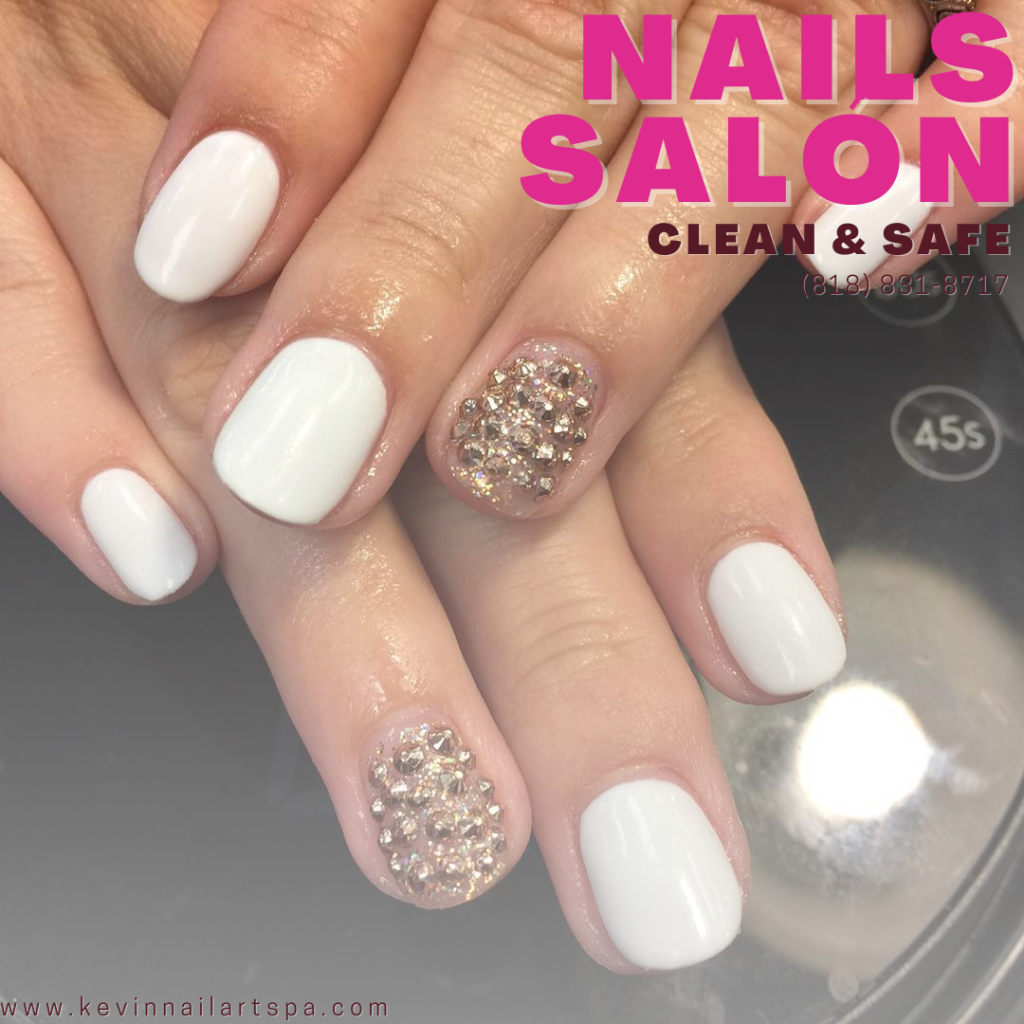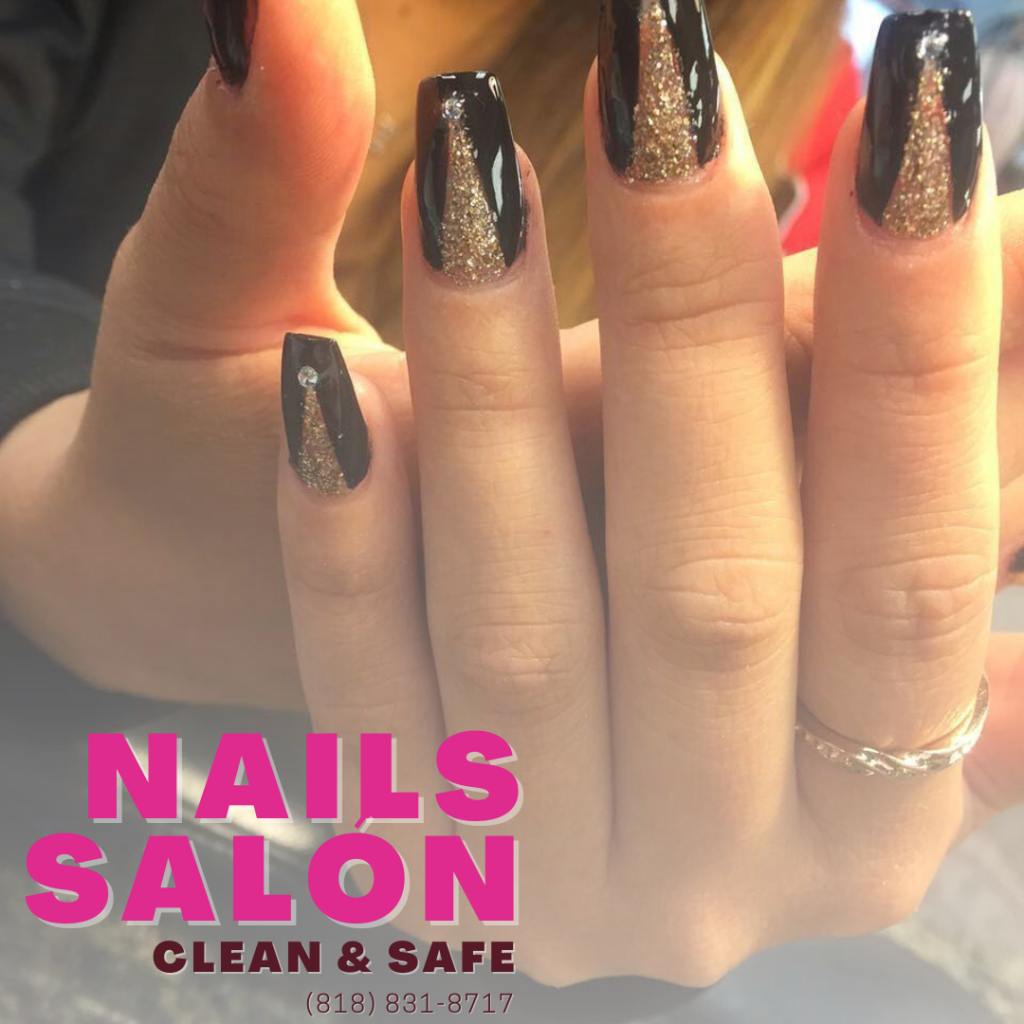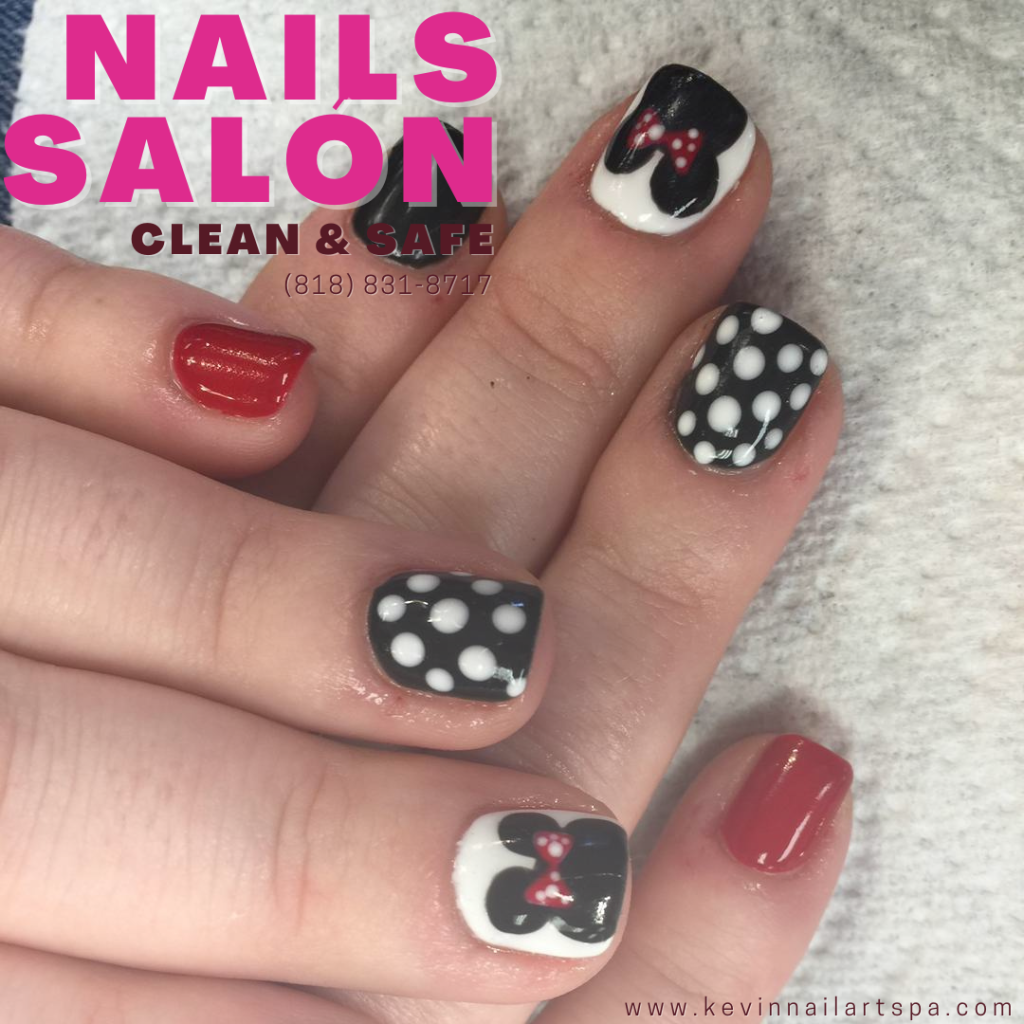A New York-based coalition of groups has made strides in improving the lives and health of nail salon employees.
When Narbada Chhetri first relocated to New York City, she worked as a domestic worker during the week and as a nail technician on weekends. She initially enjoyed interacting with other salon employees, but the low compensation was insufficient to keep her going. She found another manicure business with a somewhat greater salary, but there were no regular breaks. When she did take a break—to eat or get away from the polish fumes, which irritated her eyes—she was often interrupted by an unpleasant employer who insisted that she return to tending to clients right away. Her coworkers have treated her in the same manner, including one who had back pain. The last straw came when the business refused to provide toilet paper and instead required employees to bring their own.
Chhetri knew her employer was abusing her and the other workers since she worked for a human rights group in Nepal. She began building the basis for a community group to assist other Nepali and Tibetan domestic or nail salon employees.
She then co-founded Adhikaar, which means “rights” in Nepali, in 2005 to campaign for the rights of newly arriving Nepali immigrants, as well as Nepali-speaking immigrants and refugees from Tibet and other places. Adhikaar established a formal community center in 2007, and Chhetri remains an integral part of the organization; she is now the center’s director of organizing and advocacy.
Making Nail Salons a Health Equity Issue
The nail salon industry is thriving in the United States. Around 375,000 professionals work long hours scrubbing, scraping, painting, and polishing the nails of Americans. Consumers spent $8.4 billion on their nails in 2014, according to NAILS magazine. However, the nail salon worker population in New York City, which consists primarily of Asian and Latina immigrant women, works in an industry that has frequently operated outside the radar of labor laws and regulations. Employers frequently exploit freshly arriving and undocumented immigrant women, many of whom speak little English and have varying levels of literacy.
Nail salon workers are frequently underpaid, devalued, exposed to hazardous chemicals, overworked, and mistreated. Many rely on gratuities for a living after being hired for as little as $35 per day. They work large hours throughout the summer and much fewer hours during the winter when they lose their constant income. They frequently work without taking a meal or a restroom break. Many nail salon employees are also purposefully misclassified as “independent contractors” in order to deny them basic job benefits like Social Security, worker’s compensation, paid vacation, and sick leave.
The health repercussions of this employment are unavoidable. Skin and respiratory irritations, difficulties breathing, headaches, and problems focusing have all been reported by workers. 2 There are an estimated 10,000 chemicals in nail products, and 89 percent of them have not been evaluated for safety by an independent organization. 3 In reality, the majority of nail products, including nail paint, solvents, acrylics, and gels, include dangerous chemicals such as formaldehyde, toluene, dibutyl phthalate (the “toxic three”), and methacrylates. Exposure to these substances on a regular basis has been linked to asthma, cancer, neurological problems, and reproductive damage.
Nail salon workers have also reported a high frequency of work-related musculoskeletal disorders, with common injuries to the neck, lower back, hand, wrist, and shoulder. Exposure to biological hazards such as fungi, bacteria, and viruses, including bloodborne pathogens such as hepatitis B, is also a concern.
Unsurprisingly, because nail salon workers are frequently illegal and uninsured, they encounter major barriers to receiving treatment. Many people fall through the cracks in the safety net. If they have a chronic ailment that needs regular medical treatment, they must face long delays at clinics and frequently struggle to communicate with a doctor who does not understand their language. 7 Although most nail salon workers are aware that their occupations may be causing them health problems, their alternatives for changing careers are restricted.
Building the Coalition
The working conditions for nail technicians are appalling. However, Adhikaar’s efforts, as well as the organization’s collaboration with the New York Committee for Occupational Safety and Health (NYCOSH) and the subsequent formation of the New York Healthy Nail Salons Coalition, are making a difference. In 2004, NYCOSH began trying to improve nail salon working conditions by conducting a health and safety assessment of 100 Korean nail salon employees. Adhikaar then hosted a gathering for nail salon workers, encouraging them to establish campaign goals pertaining to health and safety. Adhikaar and NYCOSH sponsored a seminar in 2012 to discuss the exploitative conditions of immigrant women in the beauty services sector and how to collaborate.
NYCOSH collaborated with Adhikaar in 2014 to begin a campaign to improve the health and labor conditions in nail salons. The two groups drew the attention of other organizations and agencies by broadening the notion of health to include employees’ rights and decent wages, and the New York Healthy Nail Salons Coalition was created. The organization rapidly began to advocate for policy changes, first in New York City and subsequently throughout New York State. Foundations such as Mertz Gilmore and the North Star Fund in New York City first financed coalition partners.
The alliance has had practical results: NYCOSH and Adhikaar collaborated with the New York City Public Advocate on an industry-wide study, which resulted in an increase in NY Department of State inspectors. Recently, the group proposed to the New York City Council a package of nail shop changes. The council reacted quickly, and on May 10, 2015, just after the city submitted the new legislation, the New York Times published a well-known exposé on the business that caught the attention of New York Governor Andrew Cuomo and the whole nation.
Governor Cuomo promptly issued emergency restrictions and began planning new legislation with the coalition to implement permanent statewide nail shop standards. As a result, new regulations have been developed, including the mandatory posting of a Nail Salon Workers’ Bill of Rights in all salons, which includes information about the legal wage, health and safety safeguards such as mandatory goggles and respirators, and a hotline for workers to call in the event of a violation. The licensure test must also be translated into numerous additional languages, including Nepali, Tibetan, and Vietnamese, according to new laws.
Another potential endeavor, the Nail Salon Worker Organizing Project, was launched in the summer of 2015 by NYCOSH, Adhikaar, and Workers’ United. The project aims to assist employees with trainee and license application help, Know Your Rights training, and workplace health and safety training. Within a month, hundreds of employees had arrived at these groups, eager to learn how the media coverage and the governor’s new law would influence their lives.
Workers have faced reprisal from certain companies after the new restrictions were published, including firings, decreased hours, bullying, and threats. Workers are demonstrating amazing courage and leadership as they learn about their rights and public support, standing up, reporting abuse, and becoming their own greatest advocates. They are also becoming increasingly aware that they are not alone in confronting unfair practices and that many of their consumers might be allies. Thousands of customers came out in support of nail salon workers following the New York Times exposé.
NYCOSH has also begun developing a Healthy Salons Program, which would require salons to subscribe to a set of requirements, such as living wages, health, and safety safeguards, and a commitment to training and monitoring worker conditions. We intend to create a list of model salons that may be advertised to socially aware consumers using these guidelines. In addition, we want to engage in citywide policy initiatives to institutionalize company owner training and education, as well as the development of a letter-grading system. At the state level, we will work to remove harmful items and promote the adoption of safer alternatives.
Finally, enhancing the health of nail salon employees will necessitate collaboration with a wide range of partners. Health funders, in particular, can help us develop healthy nail salons in New York and around the country, perform medical monitoring and research on the short- and long-term health effects of working in nail salons and enhance employees’ access to health care. We are looking for additional collaborators as we fight to improve the nail salon industry—and, in the process, the lives of employees, customers, companies, and the environment. We think that our model of worker-led campaigns to promote healthy nail salons can be reproduced in other cities and states, and we are striving to achieve that goal.
https://kevinnailspa.blogspot.com/2022/11/health-hazards-in-nail-salons.html
https://ift.tt/56Uk47b
https://ift.tt/cu10ogi


.png)
.png)
.png)






.png)


.png)